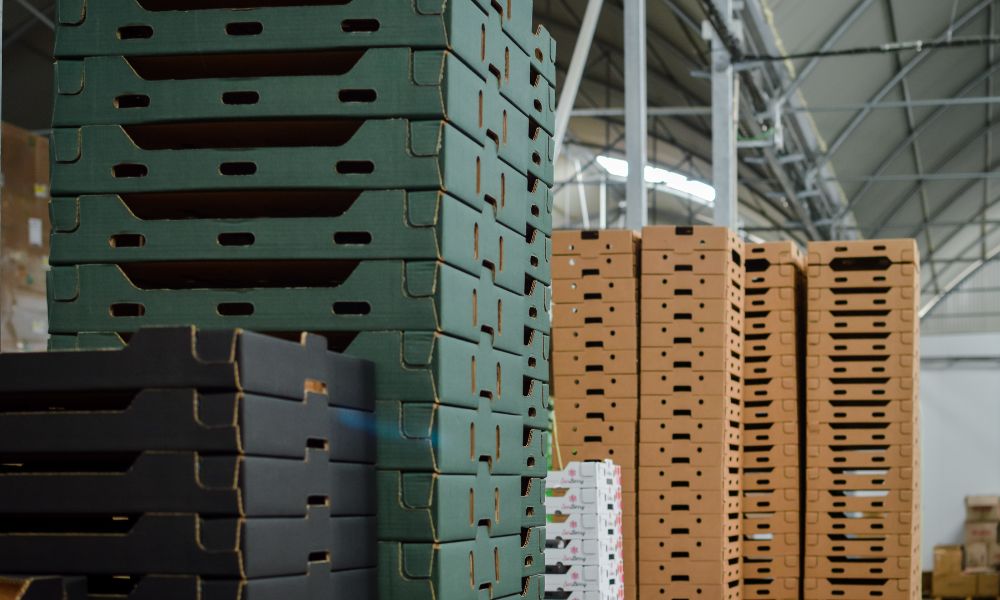- By First Alliance Logistics Management
- October 20, 2023
- Buying Pallets
When searching for a durable and reliable pallet solution, companies often call paper pallet suppliers to restock their warehouses. Corrugated pallets, or paper pallets, have been steadily gaining popularity because of their lightweight nature and eco-friendly properties. Understandably, it’s integral for the manufacturing sector to know how much weight these corrugated pallets can hold. This article sheds light on the structural design, weight-bearing capacity, and key benefits of using corrugated pallets in warehouses and distribution centers.
The Structural Design of Corrugated Pallets
Corrugated pallets consist of a layer of corrugated fiberboard sandwiched between two flat sheets of linerboard. The corrugating process creates a fluted layer, increasing the pallets’ strength and rigidity. The material composition and flute dimensions play significant roles in determining the overall weight-bearing capacity of corrugated pallets. Fluting sizes vary from A-flute (the largest and strongest) to F-flute (the smallest) and utilize single, double, or even triple walls, providing added stability and resilience.
Understanding Various Weight Loads: Compression, Tension, and Shear
Pallet weight loads can take various forms, including compression, tension, and shear. Compression refers to the force exerted on the pallet when stacked underneath other pallets. Tension involves the pressure exerted when a forklift or other machine lifts a pallet. Shear refers to lateral force and the ability of the pallet to resist tearing or warping. Corrugated pallets perform well against these forces due to the structural strength of corrugated fiberboard, which resists compression and tension remarkably. The laminated structure of the corrugated board also resists shear by distributing the force evenly across the entire board.
Varying Weight Loads and Their Impact on Corrugated Pallets
Corrugated pallets can handle varying weight loads depending on their construction and specifications. For instance, a strongly built A-flute corrugated pallet with double-wall construction can easily support weights over a thousand pounds. B- or C-flute corrugated pallets with single-wall construction can comfortably handle several hundred pounds. As with any pallet material, the load capacity depends on factors such as the pallet’s specific design, the corrugated material’s quality, and the load’s geometry, which is why you’ll want to work with trusted paper pallet suppliers to get the best products for you.
The Benefits of Using Corrugated Pallets and Their Weight-Bearing Capacity
Corrugated pallets have become viable alternatives to traditional wooden or plastic pallets because of their unique benefits. Notably, corrugated pallets are lightweight, which can lead to savings on transport costs and ease of handling. They are also environmentally friendly, manufactured from recyclable materials, and create less waste. The pallets are also safer for workers because they are free from nails and splinters.
When it comes to weight-bearing capacity, investing in suitable corrugated pallets from reputable paper pallet suppliers can result in strong and sturdy pallets that meet the company’s needs. Thus, corrugated pallets are a reliable, cost-effective, and eco-friendly choice for businesses looking to optimize their logistics and warehousing capabilities. If you’re looking for corrugated pallets for your own needs, contact us at First Alliance Logistics Management.

